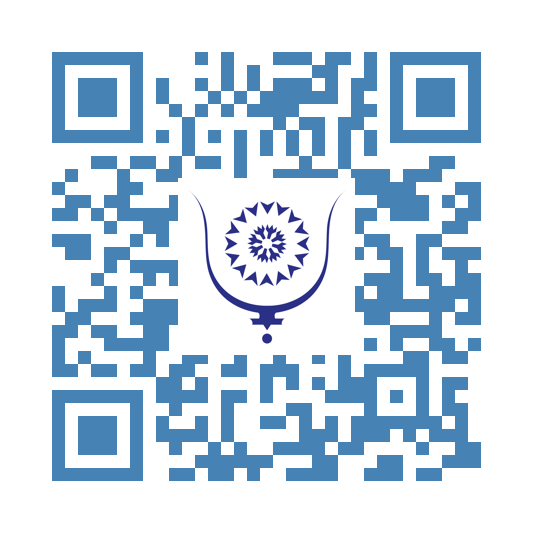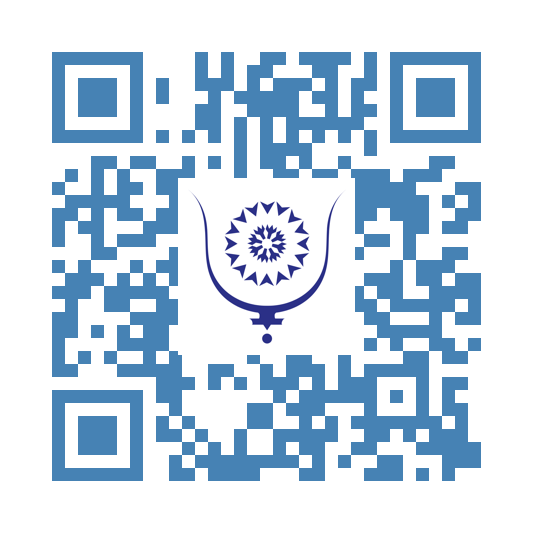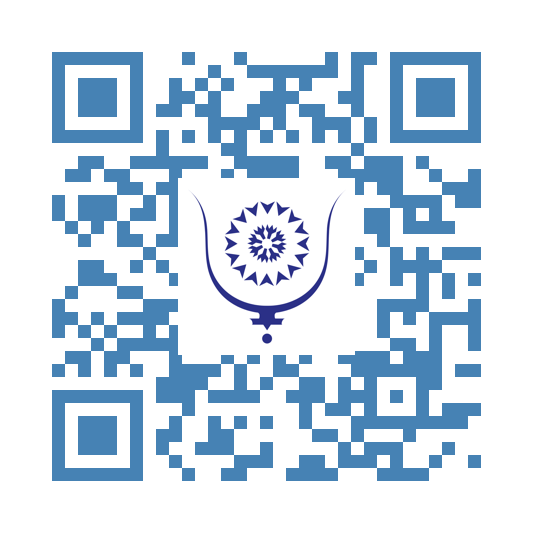[ML Tutorials #4] "Supervised and Unsupervised Learning in 90 Seconds of Reading"
** Brief Definition : **
Supervised and unsupervised learning are two fundamental facets of machine learning, each specifically tailored to handle distinct types of data. In supervised learning, the machine learning algorithm is trained on a labeled dataset, where each data point consists of both input features and corresponding output labels. The goal is for the algorithm to learn the mapping from inputs to outputs based on these labeled examples. In unsupervised learning, the machine learning algorithm is trained on an unlabeled dataset to find hidden patterns, structures, or relationships within the data. Unlike supervised learning, there are no predefined output labels for the algorithm to learn from.
** Intuition 🙂 : **
In supervised learning, envision having a jigsaw puzzle featuring a picture of a dog, where each puzzle piece is labeled with its correct position in the completed picture. The model learns from these labeled examples, figuring out the relationships between the shapes and colors of the pieces and their correct locations.This process, often referred to as the training step, allows the model to internalize the patterns within the labeled data. Subsequently, after training, the model is adept at taking a new puzzle of a dog and precisely assembling it based on the knowledge acquired during the training process.
Now, imagine you have a bag of puzzle pieces without a picture or labels — just a mix of colors and shapes. In unsupervised learning, the model explores the characteristics of the puzzle pieces without any predefined labels or information about the complete picture, identifying groups that share similar colors, shapes, or patterns. The model doesn't know what the complete picture looks like, but it discovers that certain pieces belong together based on shared features. These groups represent clusters of similar puzzle pieces.
In this puzzle analogy, supervised learning entails constructing a model with labeled examples to tackle a specific task, while unsupervised learning involves the model autonomously uncovering patterns or relationships within the data without explicit direction.
Partager:
[ML Tutorials #4] "Supervised and Unsupervised Learning in 90 Seconds of Reading"
copier:
https://bluwr.com/p/186949331
"Supervised and Unsupervised Learning in 90 Seconds of Reading"
** Brief Definition : **
Supervised and unsupervised learning are two fundamental facets of machine learning, each specifically tailored to handle distinct types of data. In supervised learning, the machine learning algorithm is trained on a labeled dataset, where each data point consists of both input features and corresponding output labels. The goal is for the algorithm to learn the mapping from inputs to outputs based on these labeled examples. In unsupervised learning, the machine learning algorithm is trained on an unlabeled dataset to find hidden patterns, structures, or relationships within the data. Unlike supervised learning, there are no predefined output labels for the algorithm to learn from.
** Intuition 🙂 : **
In supervised learning, envision having a jigsaw puzzle featuring a picture of a dog, where each puzzle piece is labeled with its correct position in the completed picture. The model learns from these labeled examples, figuring out the relationships between the shapes and colors of the pieces and their correct locations.This process, often referred to as the training step, allows the model to internalize the patterns within the labeled data. Subsequently, after training, the model is adept at taking a new puzzle of a dog and precisely assembling it based on the knowledge acquired during the training process.
Now, imagine you have a bag of puzzle pieces without a picture or labels — just a mix of colors and shapes. In unsupervised learning, the model explores the characteristics of the puzzle pieces without any predefined labels or information about the complete picture, identifying groups that share similar colors, shapes, or patterns. The model doesn't know what the complete picture looks like, but it discovers that certain pieces belong together based on shared features. These groups represent clusters of similar puzzle pieces.
In this puzzle analogy, supervised learning entails constructing a model with labeled examples to tackle a specific task, while unsupervised learning involves the model autonomously uncovering patterns or relationships within the data without explicit direction.
Partager:
"Supervised and Unsupervised Learning in 90 Seconds of Reading"
copier:
https://bluwr.com/p/2102692
"Supervised and Unsupervised Learning in 90 Seconds of Reading"
Bref Definition :
Supervised and unsupervised learning are two fundamental facets of machine learning, each specifically tailored to handle distinct types of data. In supervised learning, the machine learning algorithm is trained on a labeled dataset, where each data point consists of both input features and corresponding output labels. The goal is for the algorithm to learn the mapping from inputs to outputs based on these labeled examples. In unsupervised learning, the machine learning algorithm is trained on an unlabeled dataset to find hidden patterns, structures, or relationships within the data. Unlike supervised learning, there are no predefined output labels for the algorithm to learn from.
>>>> Intuition 🙂 !!
In supervised learning, envision having a jigsaw puzzle featuring a picture of a dog, where each puzzle piece is labeled with its correct position in the completed picture. The model learns from these labeled examples, figuring out the relationships between the shapes and colors of the pieces and their correct locations.This process, often referred to as the training step, allows the model to internalize the patterns within the labeled data. Subsequently, after training, the model is adept at taking a new puzzle of a dog and precisely assembling it based on the knowledge acquired during the training process.
Now, imagine you have a bag of puzzle pieces without a picture or labels — just a mix of colors and shapes. In unsupervised learning, the model explores the characteristics of the puzzle pieces without any predefined labels or information about the complete picture, identifying groups that share similar colors, shapes, or patterns. The model doesn't know what the complete picture looks like, but it discovers that certain pieces belong together based on shared features. These groups represent clusters of similar puzzle pieces.
In this puzzle analogy, supervised learning entails constructing a model with labeled examples to tackle a specific task, while unsupervised learning involves the model autonomously uncovering patterns or relationships within the data without explicit direction.
Partager:
"Supervised and Unsupervised Learning in 90 Seconds of Reading"
copier:
https://bluwr.com/p/2102688



